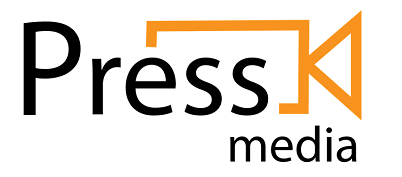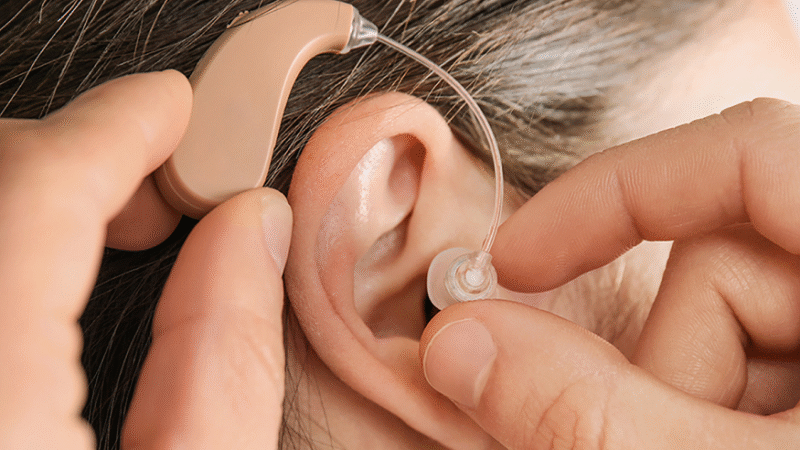Neurofeedback: what is it all about?

Many are not aware of neurofeedback. What is it? Is it safe? How much is it? Is it effective? These are some of the most common questions that come to mind when one hears of neurofeedback.
What is neurofeedback?
Neurofeedback is biofeedback that teaches self-control of brain functions. It does this by measuring brain waves and providing a feedback signal. Neurofeedback offers audio or video feedback. Desirable brain activities produce positive feedback, and undesirable ones build negative feedback.
Neurofeedback is a non-invasive treatment that enhances neuro-regulation and metabolic function in ASD. It is not only effective in autism-spectrum disorder, but also with several disorders:
- attention-deficit disorder (ADD);
- and attention-deficit/hyperactivity disorder (ADHD);
- learning disabilities;
- anxiety;
- panic attacks;
- depression;
- insomnia;
- restless legs;
- Asperger’s;
- obsessive-compulsive disorder (OCD);
- head injuries and concussions;
- headaches and migraines;
- substance abuse;
- alcoholism;
- post-traumatic stress disorder (PTSD);
- fibromyalgia or chronic pain;
- irritable bowel syndrome (IBS);
- stroke; and
- uncontrolled epilepsy.
Can neurofeedback cause adverse effects?
Neurofeedback training can sometimes cause mild side effects. These effects include:
- fatigue;
- anxiety;
- headache;
- irritability; and
- difficulty in falling asleep.
These mild side effects may occur if the training session is too long. Such feelings pass within a short time after the treatment. Changing training protocols remove such mild side effects. More serious adverse effects can happen when unqualified practitioners do neurofeedback.
Read more: Aromatic Kunzea Oil: Relieves Muscular And Joint Pain
How much does a treatment session cost?
Treatment cost differs depending on the practitioner and the neuro centre. Some charge about $200-300 for the intake history appointment and counselling. Hypnosis appointments can also cost the same amount. The quantitative EEG brain map is around $750-800. Neurofeedback treatment sessions are at $110 each. Check if the practitioner or neuro centre works with your insurance company. Make sure you also check if they accept checks, cash, and credit or debit cards.
How frequently are neurofeedback sessions done?
Neurofeedback should be at least weekly, but better when done twice a week. People who travel from long distances sometimes do neurofeedback twice in a day.
How successful is neurofeedback treatment?
About seventy to eighty percent of the time, significant improvements occur. People claim that they feel a lot better after neurofeedback sessions.
How many sessions do you need?
The needed number of sessions depends on the situation. Neurofeedback for ADD/ADHD requires about thirty to forty sessions. Learning disabilities also need the same amount of sessions. About twenty sessions will suffice for anxiety and insomnia. For concussions and brain injuries, it will need around twenty-five to fifty sessions depending on the severity. Depression often requires twenty to thirty sessions. Around thirty to fifty sessions are enough for OCD or obsessive-compulsive disorder.
Are follow-up or maintenance sessions needed?
Maintenance or follow-up sessions are not necessary if there is a reinforcement of changes, but there are exceptions. One is if something occurred to change brain functioning. Examples are head injury or drug abuse.
Several institutes offer Neurofeedback and EEG courses in Australia. The provider must have a proper license and certificate.






